Searching ...
Women's Watches: Jewelry, Style, and Functionality in One
The History of Women's Watches
Watches have not always been just practical accessories for measuring time but also symbols of status and taste. The first wristwatches appeared in the 19th century and were primarily intended for women. They were often richly decorated and resembled jewelry rather than functional devices. At that time, men preferred pocket watches, but over time, wristwatch models became popular among men as well.
Types of Women's Watches
Classic Analog Watches
Analog watches are symbols of elegance and timelessness. They have hands that display the time and are often made from high-quality materials such as stainless steel, ceramic, or gold. These watches are ideal for formal occasions and business meetings.
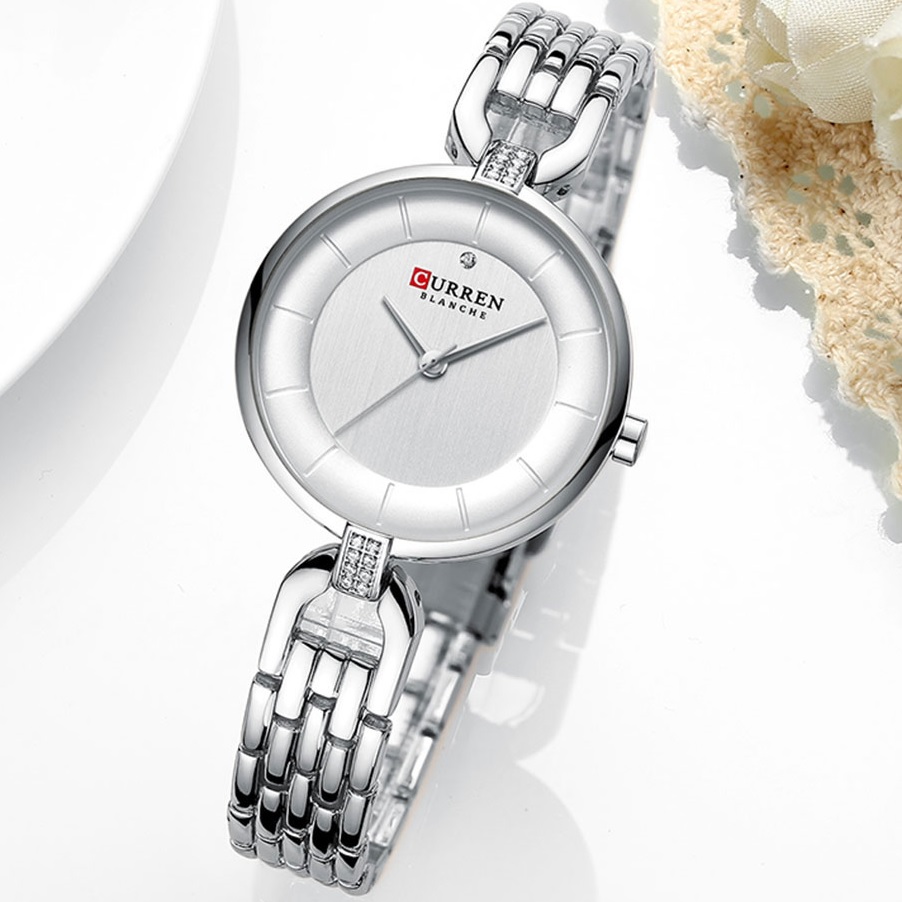
Minimalist Watches
These watches are known for their simple design without unnecessary decorations. They usually have a thin dial with clearly readable hands. They are versatile and suitable for everyday wear.
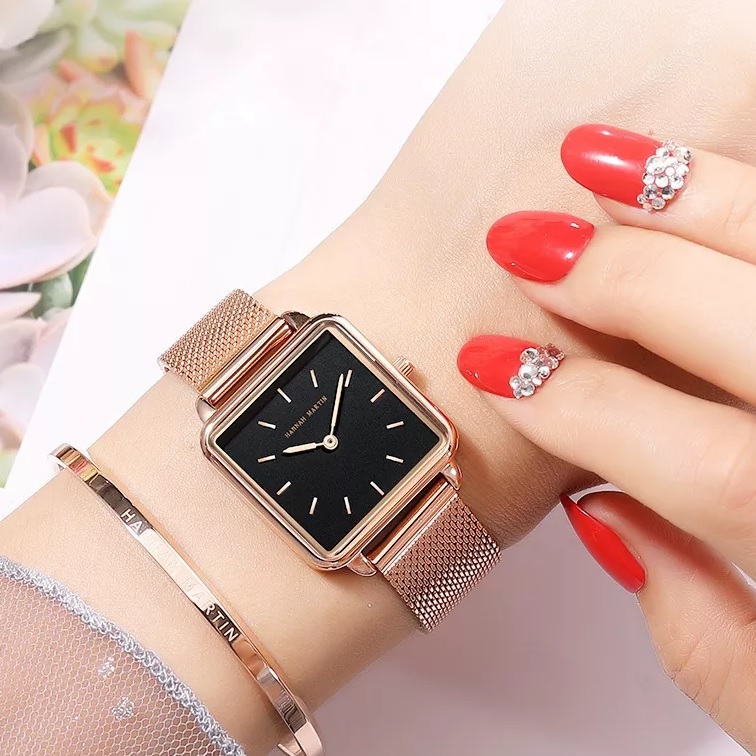
Luxury Watches
Made from precious metals and adorned with diamonds or other gemstones, luxury watches symbolize social status. Brands like Rolex, Cartier, and Omega offer exclusive models that are often passed down through generations.
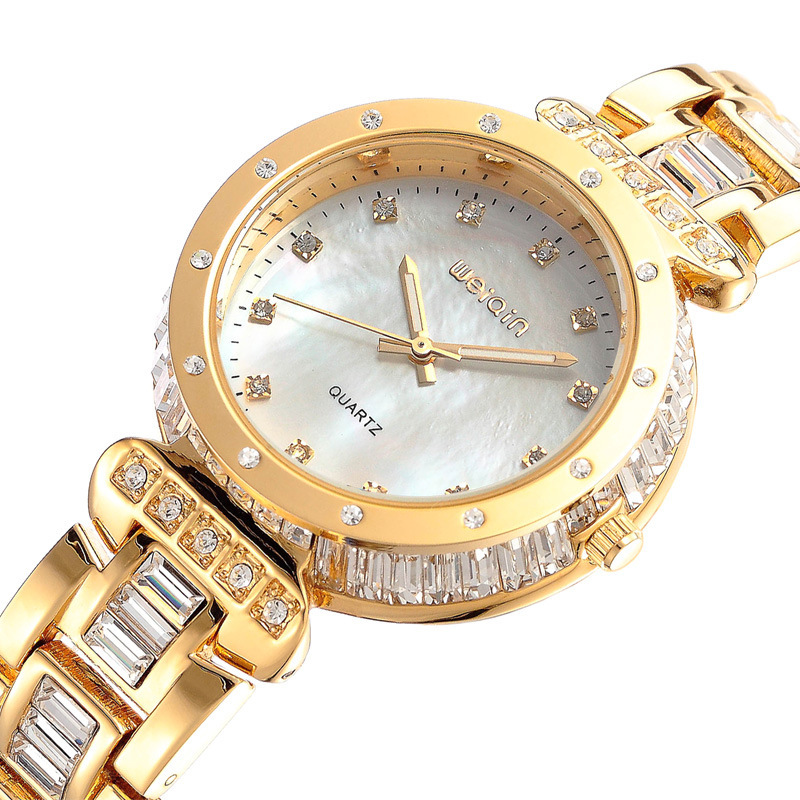
Digital Watches
They are practical and often offer features such as a stopwatch, alarm, backlight, or calendar. They are suitable for women who prioritize comfort and practicality over design elements.
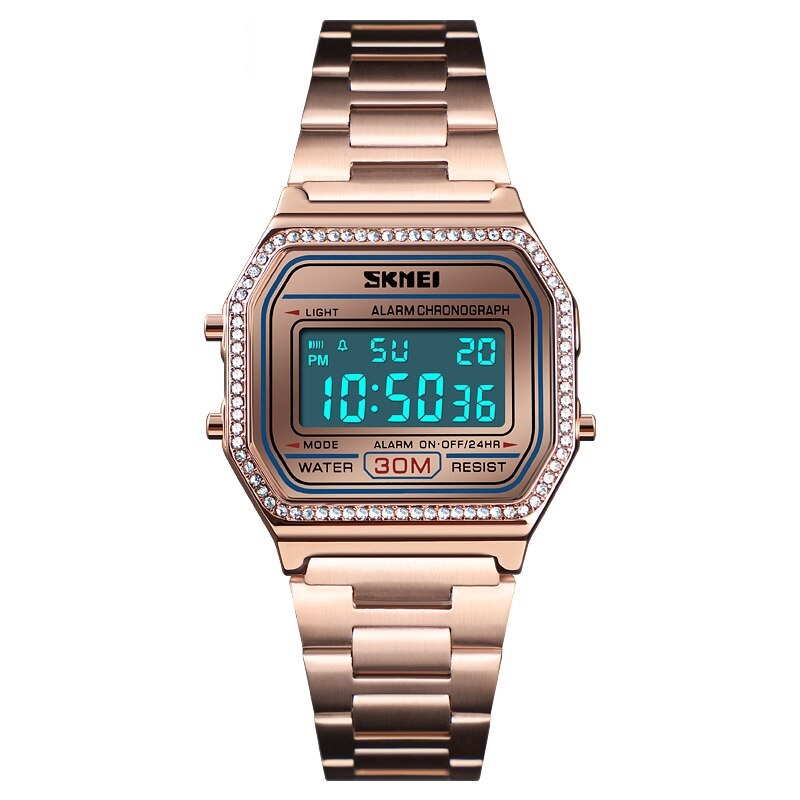
Smart Watches
Modern smartwatches combine style and technology. In addition to displaying time, they allow you to track physical activity, receive notifications, or control music. They are ideal for active women who want to keep track of their health and daily activities.
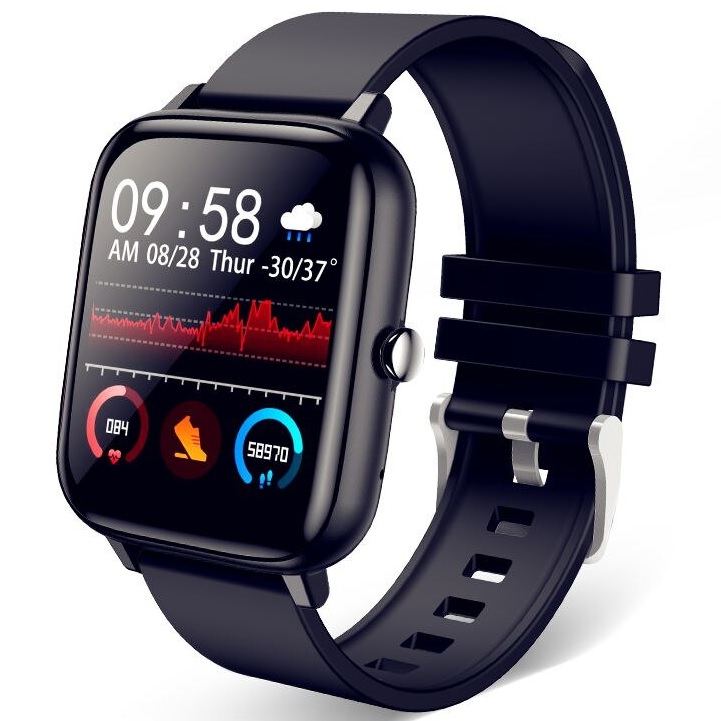
Pros and Cons of Different Types
Each type of watch has its advantages and disadvantages:
- Analog Watches – elegant and stylish, but may be less precise than digital models.
- Minimalist Watches – versatile, but do not always provide extra features.
- Luxury Watches – prestigious but more expensive.
- Digital Watches – practical and affordable, but not always aesthetically appealing.
- Smart Watches – multifunctional, but often need charging and may not suit formal occasions.
Why Is Choosing the Right Watch Important?
Watches are not just practical tools but also an expression of personality. Choosing the right one highlights the wearer's character, style, and lifestyle. A well-chosen accessory can boost confidence and become a subtle yet striking part of the overall outfit.
1. Watch and Strap Materials
- Stainless Steel – durable and elegant, suitable for everyday wear and formal occasions.
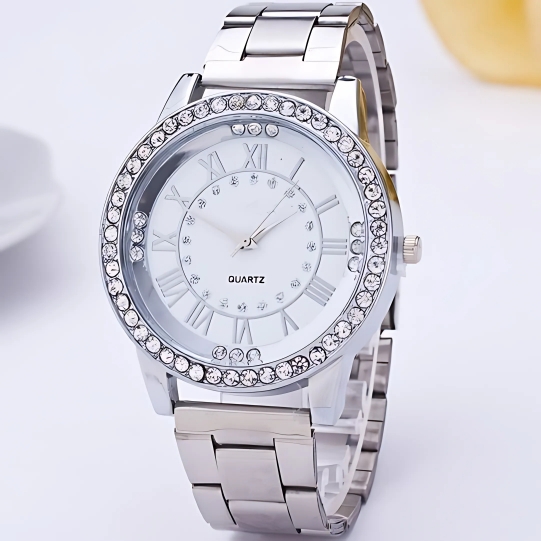
- Leather and Eco-Leather – stylish and comfortable but requires care.

- Ceramic – luxurious appearance, high scratch resistance.
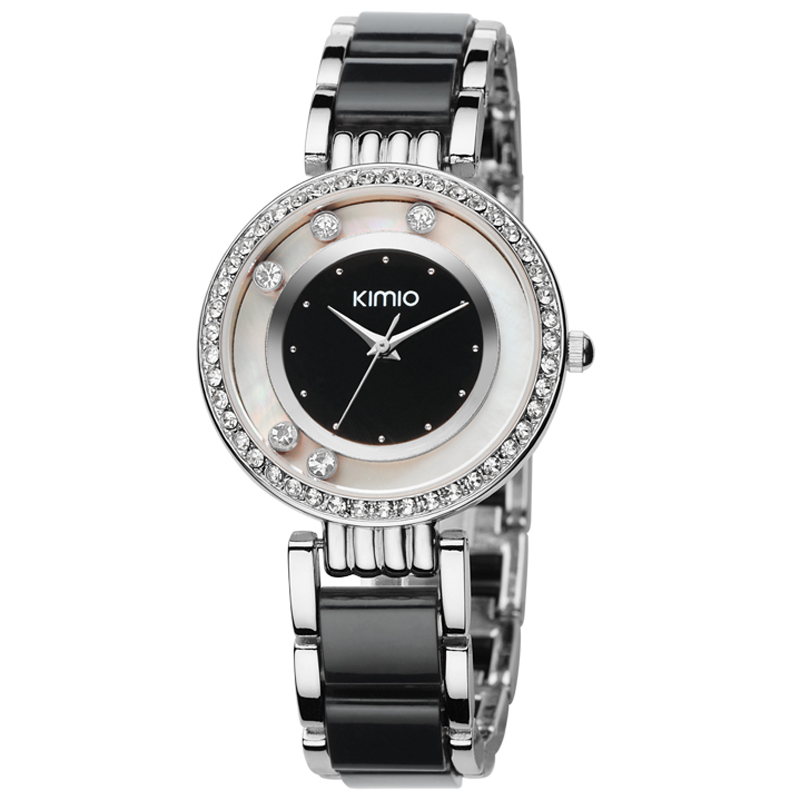

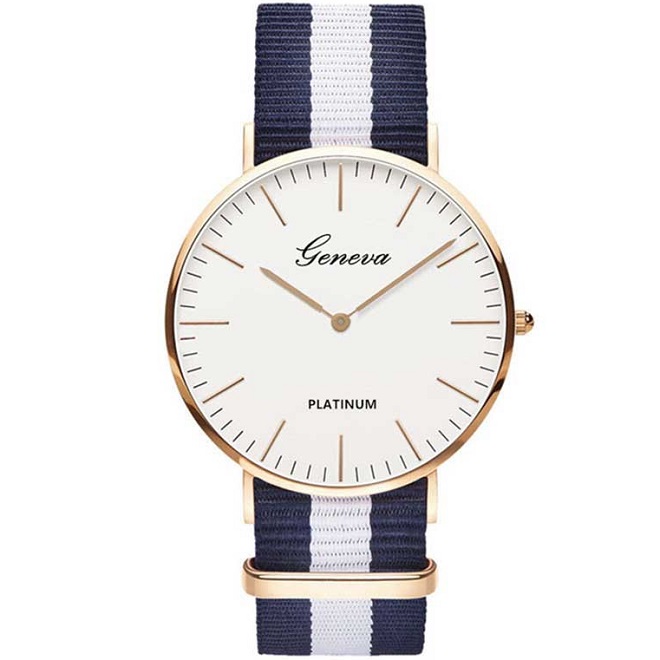
2. Watch Features
- Water Resistance – important for women who swim or want to wear their watch in the rain.
- Dial Illumination – useful at night or in dark environments.
- Stopwatch and Timers – suitable for athletes.
- GPS and Activity Tracking – an advantage of smartwatches for active women.
- Date Display and Calendar – a practical addition.
3. Watch Shape and Size
- Small Dials (up to 36 mm) – elegant and subtle.
- Medium Dials (36-40 mm) – versatile, suitable for everyday wear.
- Large Dials (over 40 mm) – a bold accessory for women who love extravagant style.
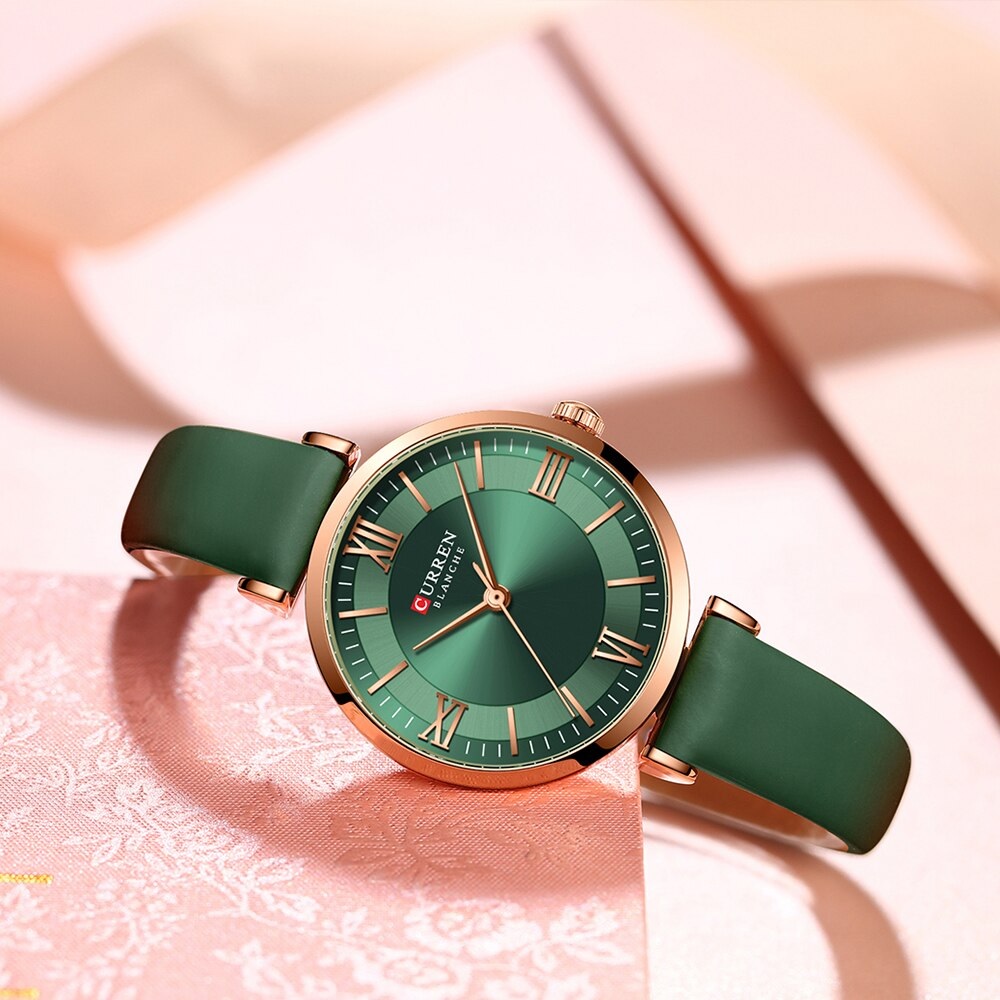
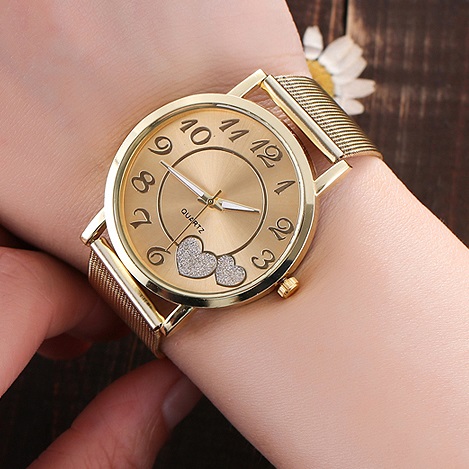
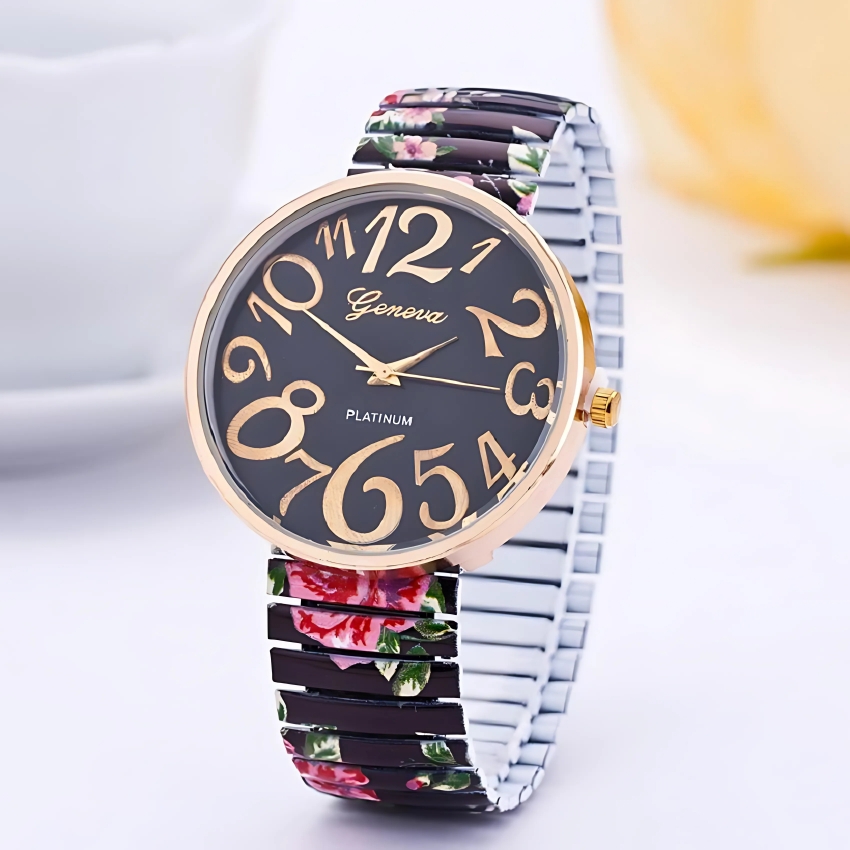
4. Watch Colors and Matching
- Gold and Rose Gold Watches – luxurious look, ideal for elegant outfits.
- Silver Watches – versatile and timeless.
- Black or Dark Shades – sophisticated and suitable for evening occasions.
- Pastel and Colorful Models – playful, ideal for a casual style.
When to Wear Which Watch?
- For Everyday Wear – minimalist or smartwatches.
- For Business Meetings – classic analog watches with a subtle design.
- For Sports and Outdoor Activities – digital or smartwatches with activity tracking.
- For Evening Social Events – luxury watches as an elegant accessory.
Tips for Watch Care
To keep your watch in perfect condition for as long as possible, it is important to take proper care of it.
How to Clean the Strap and Glass
- Leather Straps – wipe with a soft dry cloth and occasionally use a special leather care product. Avoid water and moisture.
- Metal Straps – clean with a soft brush and a slightly damp cloth, or use a mild soapy solution.
- Silicone and Rubber Straps – wash under lukewarm water with mild soap and dry thoroughly.
- Watch Glass – use a microfiber cloth or a gentle glass cleaner to remove dirt and fingerprints.
How to Store Watches Properly
- Store watches in a special box or organizer to prevent scratches.
- Luxury watches should be kept in a watch box with controlled humidity.
- If you are not using your watch for a long time, remove the battery to prevent leakage.
When Servicing or Battery Replacement Is Needed
- Mechanical Watches should be checked and lubricated by a watchmaker every 3-5 years.
- Quartz (Battery-Powered) Watches require a battery replacement approximately every 1-2 years.
- If the watch is running slow or stops, it is advisable to have it checked by a professional.
- Water-resistant models should be tested regularly to maintain their water resistance.
Conclusion
Women's watches are not just a timekeeping tool but also a reflection of taste and personality. The right watch enhances the overall appearance and influences how we present ourselves to others. Whether you prefer classic, luxury, or modern smartwatches, it is important to choose a model that fits your lifestyle and the occasions for which you will wear it.